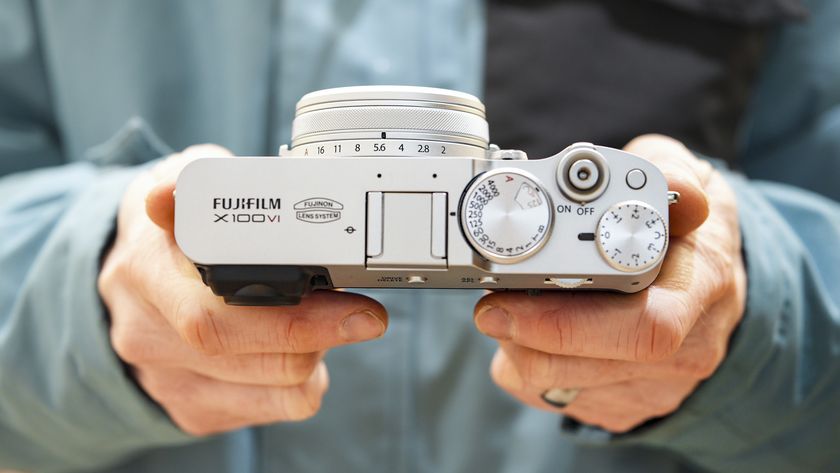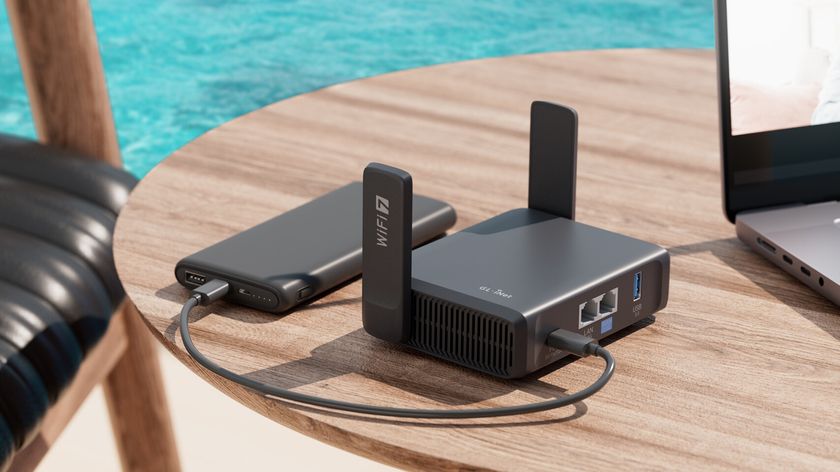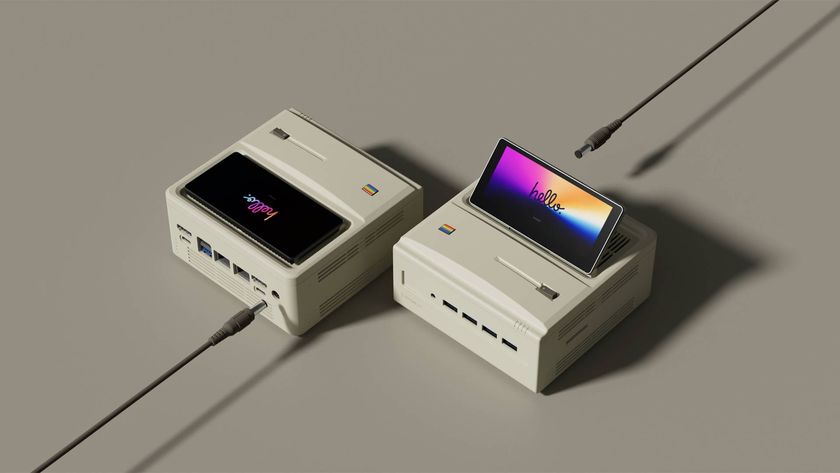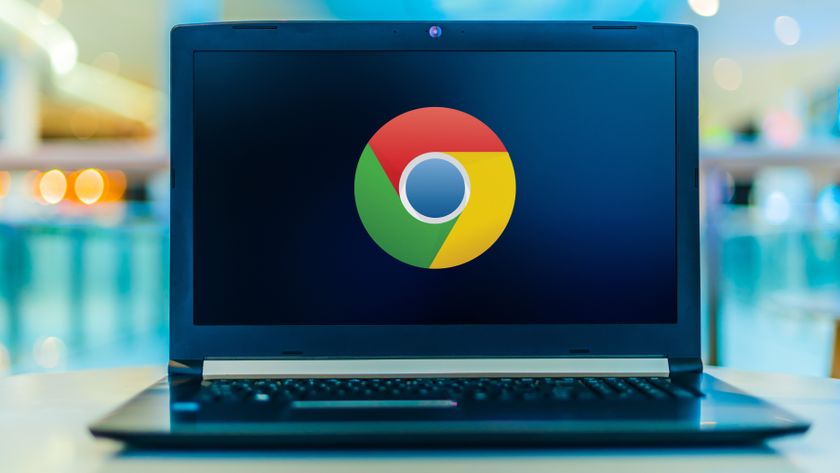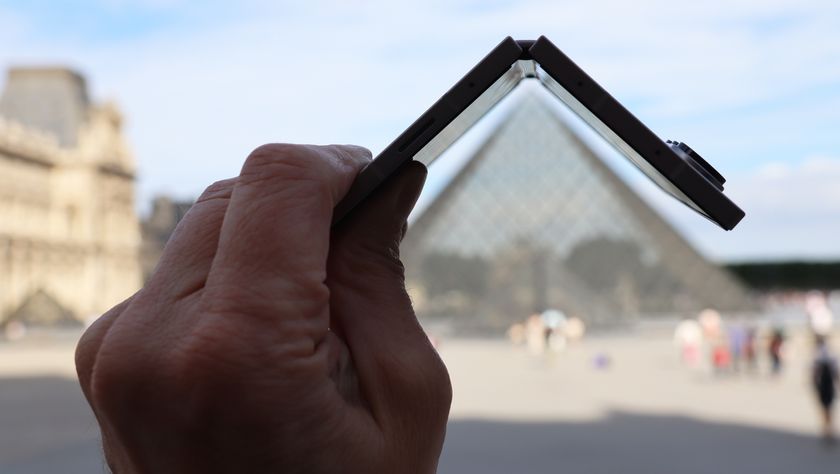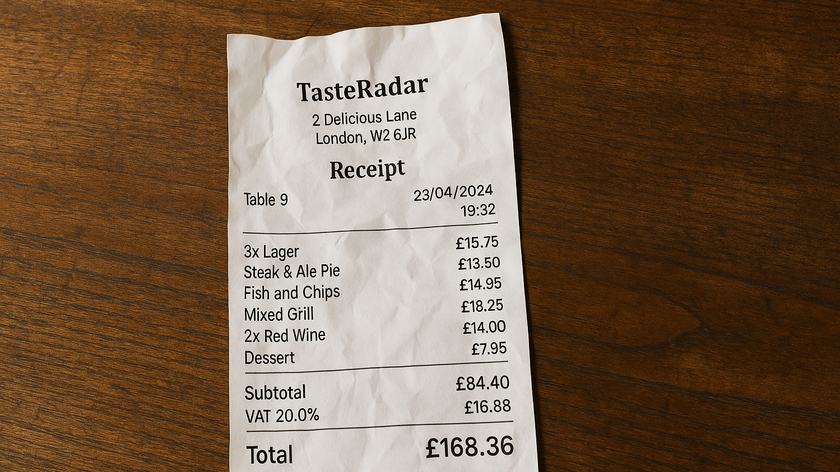Windows 8 requires less power than Windows 7
Microsoft demos new OS on 3-year-old Lenovo netbook
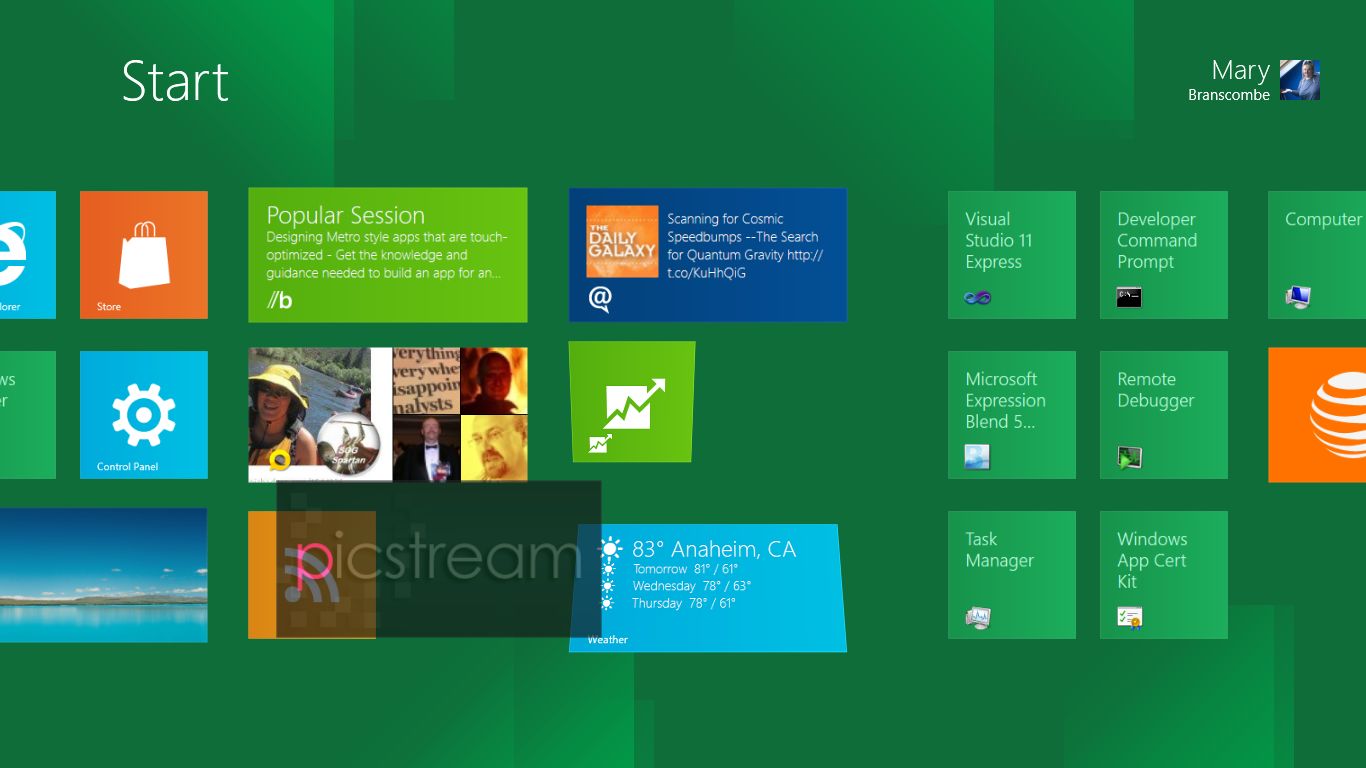
Microsoft's new Windows 8 operating system will not require a processing powerhouse to run efficiently, the company claimed during the official unveiling.
At the Build developers' conference, Windows President Stephen Sinofsky demonstrated Windows 8 running on his own Lenovo S10 netbook, which is around three years old.
Sinofsky used Windows Task Manager to show that Windows 8 required less system resources than Windows 7 and that the aging Intel Atom processor and 1GB of RAM set-up was "enough" to run the new OS.
Windows 8 used 280MB of data while Windows 7 used 400MB to run, the implication being that users of older machines won't be forced to upgrade to a new PC if they want to upgrade to Windows 8.
Quell fears
The figures, Sinofsky said, should quell fears that Microsoft would "add layers" and "slow down" the operating system and make it a clunky user experience for users of older machines.
"We're not building layers on layers," he said of the new Metro user interface. Everything is built into Windows.
The company is unveiling the Windows 8 operating system developer's preview and is also preparing to demonstrate some of the touch-enabled devices you'll be able to use with the upgrade.
Are you a pro? Subscribe to our newsletter
Sign up to the TechRadar Pro newsletter to get all the top news, opinion, features and guidance your business needs to succeed!
We've got a full Windows 8 hands on review, so check that out for our initial impressions on Microsoft's complete re-imagining of its classic OS.
A technology journalist, writer and videographer of many magazines and websites including T3, Gadget Magazine and TechRadar.com. He specializes in applications for smartphones, tablets and handheld devices, with bylines also at The Guardian, WIRED, Trusted Reviews and Wareable. Chris is also the podcast host for The Liverpool Way. As well as tech and football, Chris is a pop-punk fan and enjoys the art of wrasslin'.



